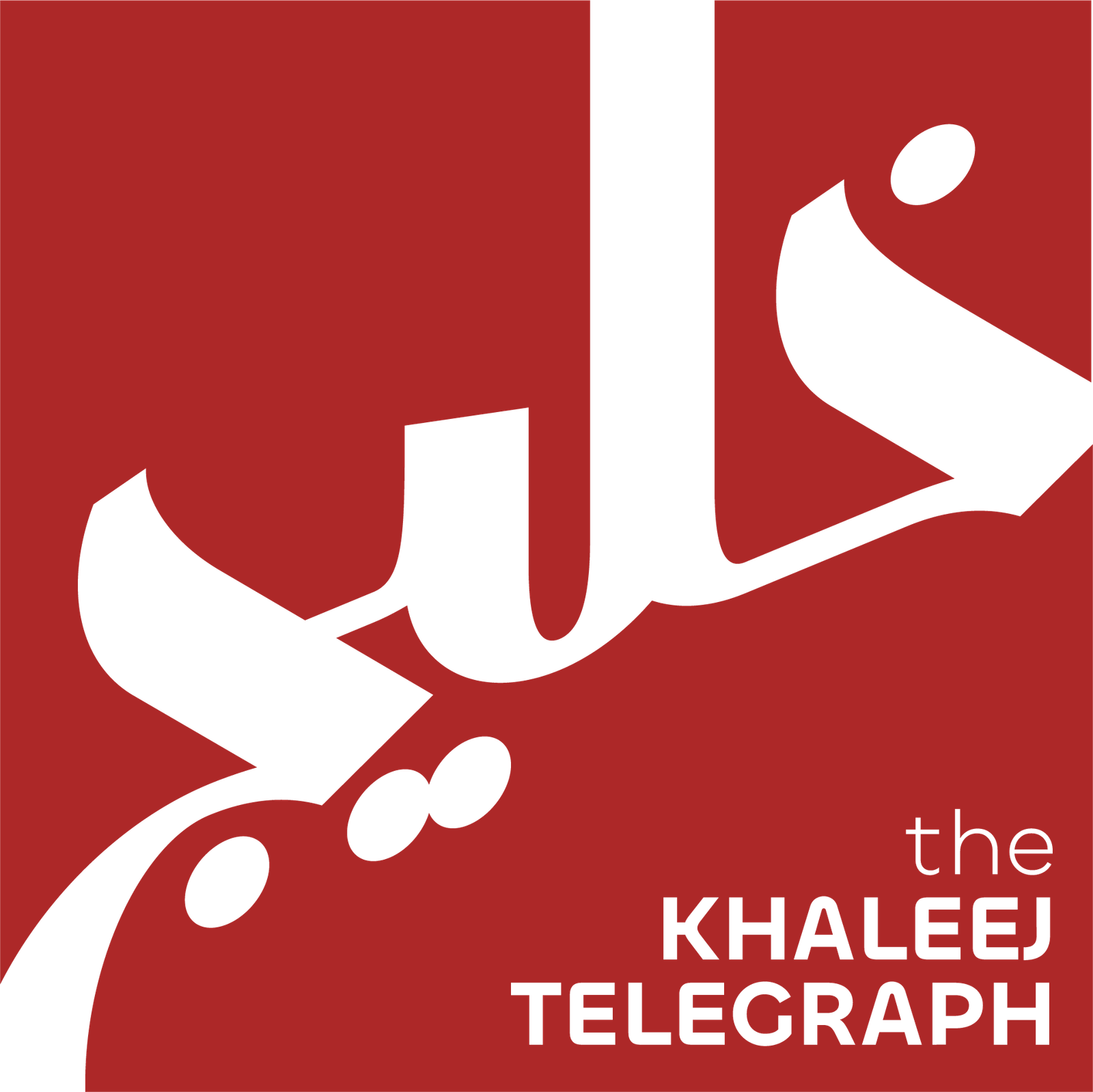A remarkable archaeological discovery has been made on Failaka Island, where a 1,400-year-old well has been uncovered. This significant find, which dates back to the pre-Islamic and early Islamic periods, is notable not only for its large size but also because it still contains flowing water. The well is situated within the courtyard of a large house that is believed to date back to the 7th and 8th centuries AD.
Key Findings from the Excavation
The well was uncovered during ongoing Kuwaiti-Slovakian excavations in the Al-Qusur area of Failaka Island, a site known for its rich history spanning from pre-Islamic to late Islamic eras. The site, which spans 38 meters in length and 34 meters in width, features the remains of a house covering 97 square meters. The well itself is quite large, measuring 4.5 meters in length and 4 meters in width, and it is located next to a water channel.
In addition to the well, archaeologists have uncovered rock foundations of a building adjacent to the well, as well as evidence of a massive wall that surrounded the courtyard, house, and well. Pottery remains found in the area date back approximately 1,300 to 1,400 years, offering crucial insights into the pre-Islamic period and the early Islamic transition.
Significance of the Discovery
The National Council for Culture, Arts, and Letters has hailed the discovery as one of the most significant finds in recent years. Mohammed bin Redha, the Acting Assistant Secretary-General for Antiquities and Museums, described the well as a critical piece of the archaeological puzzle, revealing the cultural and economic activity that took place on the island during the early Christian and Islamic eras.
Dr. Hassan Ashkanani, a professor of Archaeology and Anthropology at Kuwait University, emphasized the importance of this find, stating that it sheds light on the cultural dynamics of the island during this period. Ashkanani also highlighted the discovery of over five kilograms of precious stones, including rubies and purple amethysts, reflecting the island’s economic activities at the time.
Ongoing Excavations and Future Plans
The Slovakian mission, led by Dr. Matej Rutkay, is set to continue its excavations in 2025, with a focus on the northern part of the Qusur settlement. This area is believed to have housed a wealthy individual from that era. Rutkay confirmed that excavations have already revealed the foundations of churches and several houses constructed from limestone and mud bricks, as well as materials like gypsum, precious stones, and pottery from various historical periods.
Failaka Island remains a key archaeological site, offering invaluable insights into the region’s history and the cultural and economic life that flourished there over 1,400 years ago. As the excavation season progresses, more discoveries are expected to contribute to a deeper understanding of this historically rich area.
About Failaka Island
Failaka Island, located off the coast of Kuwait, is one of the most significant archaeological locations in the region. It is known for its diverse range of relics spanning multiple historical periods. The Al-Qusur area, where the well was found, is recognized as one of the largest and most important sites on the island, providing an invaluable window into the ancient civilizations that once thrived there.


